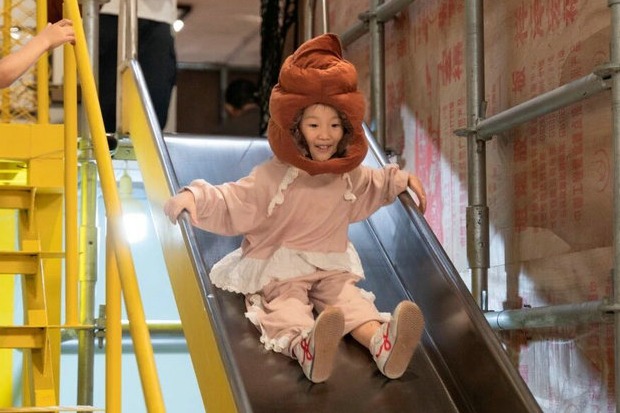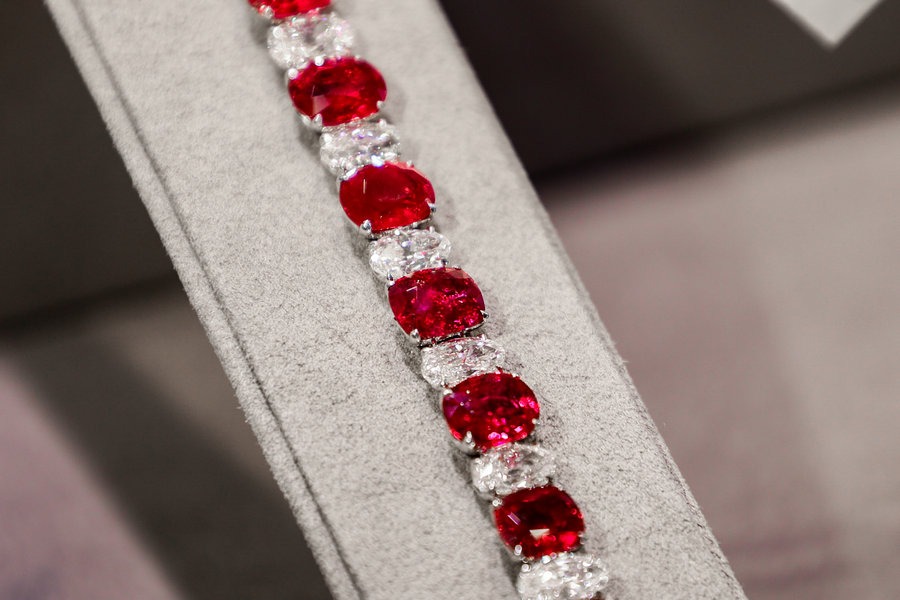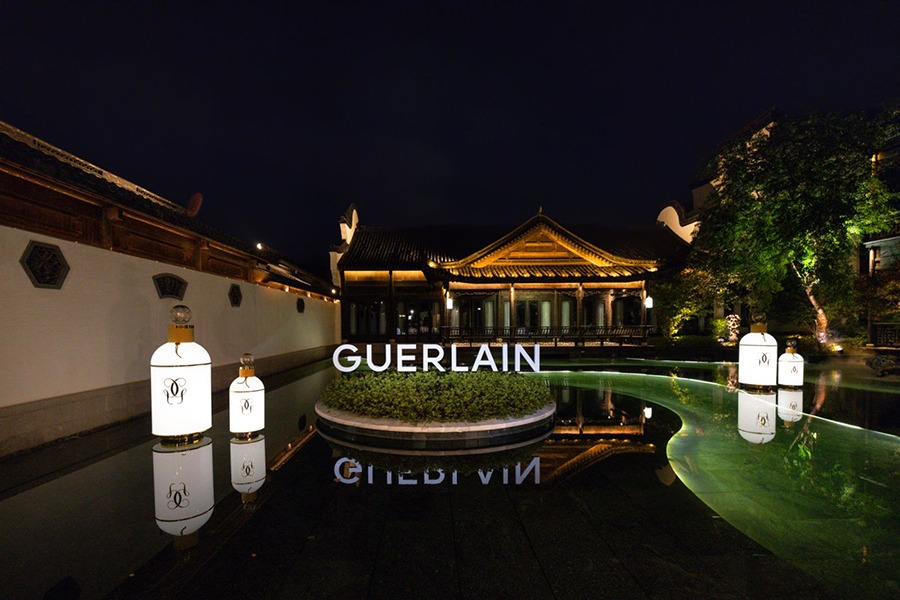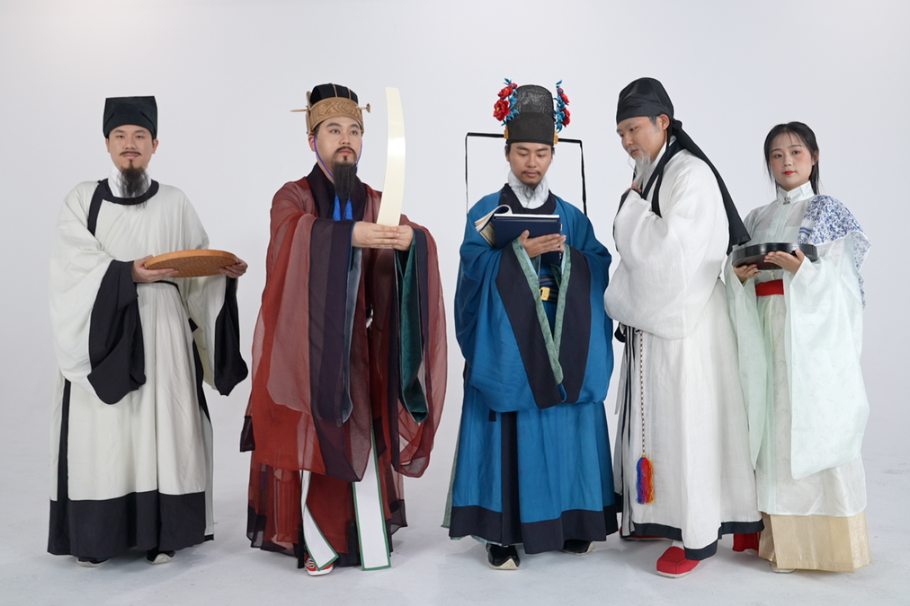Tradition finds a young voice
From opera to crafts, ICH showcase unites artists, youth and communities through creativity, mentorship and cultural exchange, Yang Feiyue reports in Hotan, Xinjiang.

In a hall adorned with some of Beijing's most distinctive intangible cultural heritage items, Elham Arkin, a young boy of Uygur ethnic group from Hotan, Xinjiang Uygur autonomous region, carefully copies every gesture demonstrated by Li Hongyan, a leading Peking Opera artist.
Bathed in the glow of cloisonne vessels, a finely woven palace carpet and a brightly colored opera costume, Elham practices singing, sweeping his sleeves, and pacing his steps under Li's gentle instruction.
Li had flown six hours from Beijing to Hotan to mentor him.
For Elham, Peking Opera has been both a passion and a dream since he first encountered the traditional stage art in 2018.
"At the time, I didn't even have a phone," he recalls. "I borrowed my brother's to search online. From hanfu and calligraphy to martial arts and tai chi, each interest led me naturally closer to Peking Opera."
What first captivated him were the exquisite costumes and melodic singing. As he began to understand the plots and techniques, he grew increasingly appreciative of the subtle beauty of the performances.
"If I had to describe Peking Opera in two words, they would be 'elegant' and 'beautiful'," he says.
Growing up in Xinjiang, however, he found that opportunities for formal training were scarce. Most of the time, Elham learned through videos on Douyin, Bilibili or television programs. "Online resources helped me, but many details — like footwork and gestures — are hard to grasp from a screen," he explains.
That is why he was especially thrilled to learn face-to-face from Li, an accomplished artist with the Mei Lanfang Peking Opera Troupe of the Jingju Theater Company of Beijing in mid-August.



































